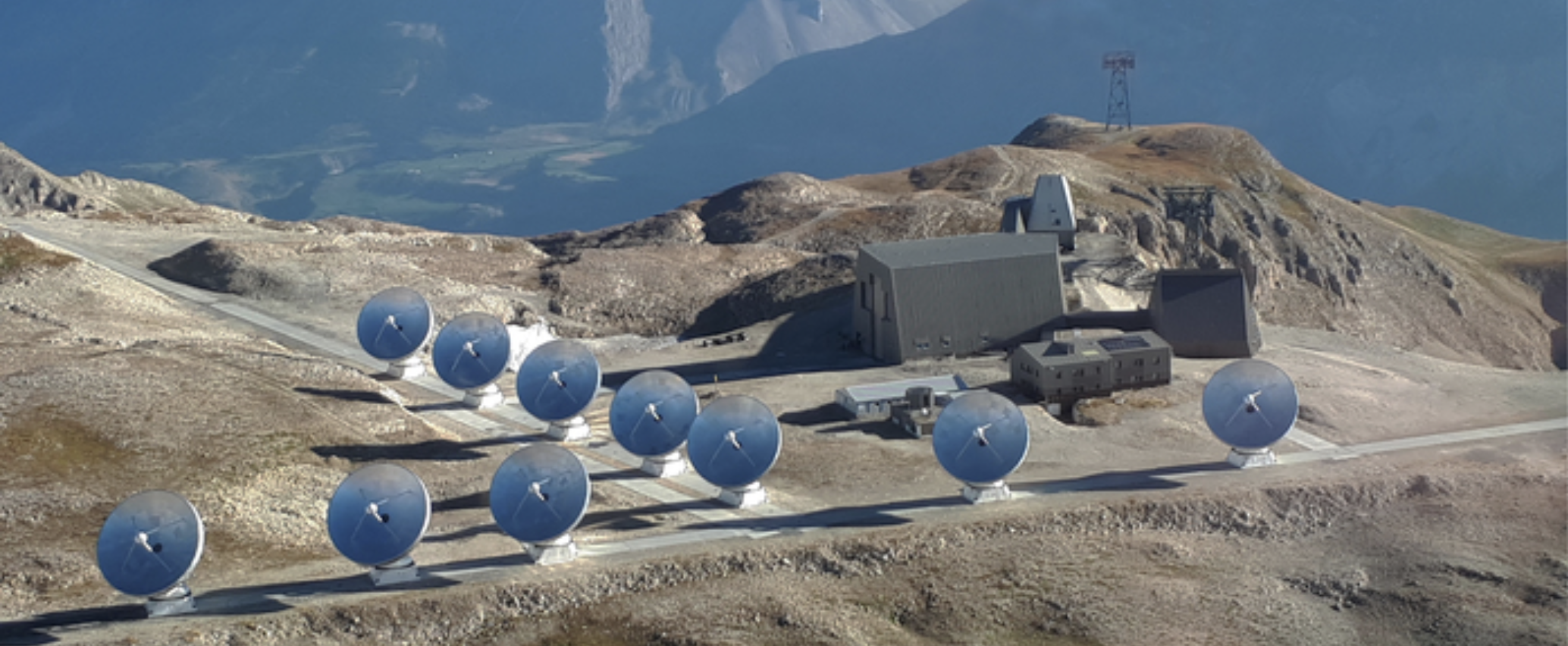
likely revealing the accretion of cold gas from the cosmic web Credit: Daddi et al. (2021) |
Clusters of galaxies are the most massive bound structures in the Universe. Today, they are mainly composed of so-called dead galaxies (i.e. without star formation activity) containing mostly very old stars. To understand how these objects were formed, we need to go back in time, to the epochs when they were assembled. This allows us to test the formation theories of the large structures of the Universe, but also to solve important questions about the formation and evolution of massive galaxies. This includes determining the role played by the environment in the processes that interrupted the star formation activity of massive galaxies and transformed their disk morphologies into spheroids. Furthermore, this journey may help reveal how galaxies obtained their large reservoirs of gas from the cosmic web, and the complex physics of star formation, regulated by feedback and affected by interactions. This scientific question has been recognized as one of the top three priorities for the next decade by the U.S. Astro2020 Decadal Survey. |
|
To enable the study of these processes, our team has recently been awarded a large 159-hour program at the NOEMA interferometer in the French Alps, managed by IRAM, in a close collaboration between France and China (the two co-PIs are Emanuele Daddi at IRFU/DAp/LCEG and Tao Wang at Nanjing University in China). The goal of this program (dubbed NICE) is to observe an unprecedented large sample of 40 clusters at a time when the Universe was only three billion years old and to study their nature by detecting the signal from their large gas reservoirs, betrayed by the emission of their carbon monoxide molecules. The observations will take place in 2022 and 2023 and will involve an intense multi-wavelength follow-up campaigns, including those from the Hubble Space Telescope and its successor, the James Webb Space Telescope |

|
These activities are perfectly in line with the scientific priorities of IRFU/DAp and in particular with our participation in future instrumental projects on the ground or in space. The Euclid mission, in which we are strongly involved and which will be launched in early 2023, will extend this effort with the assembly of increasingly large samples of galaxy clusters. Towards the end of this decade, BlueMUSE could become a reality at the VLT and would allow to observe with a unique sensitivity the cold gas of the cosmic web surrounding these structures. Finally, beyond 2030, ESA's Athena mission will have the power to detect their hot gas phases, constrain their total masses, and thus allow the detailed study of the formation and evolution of galaxy clusters throughout cosmic history.
Contacts: Emanuele Daddi et Benjamin Magnelli
